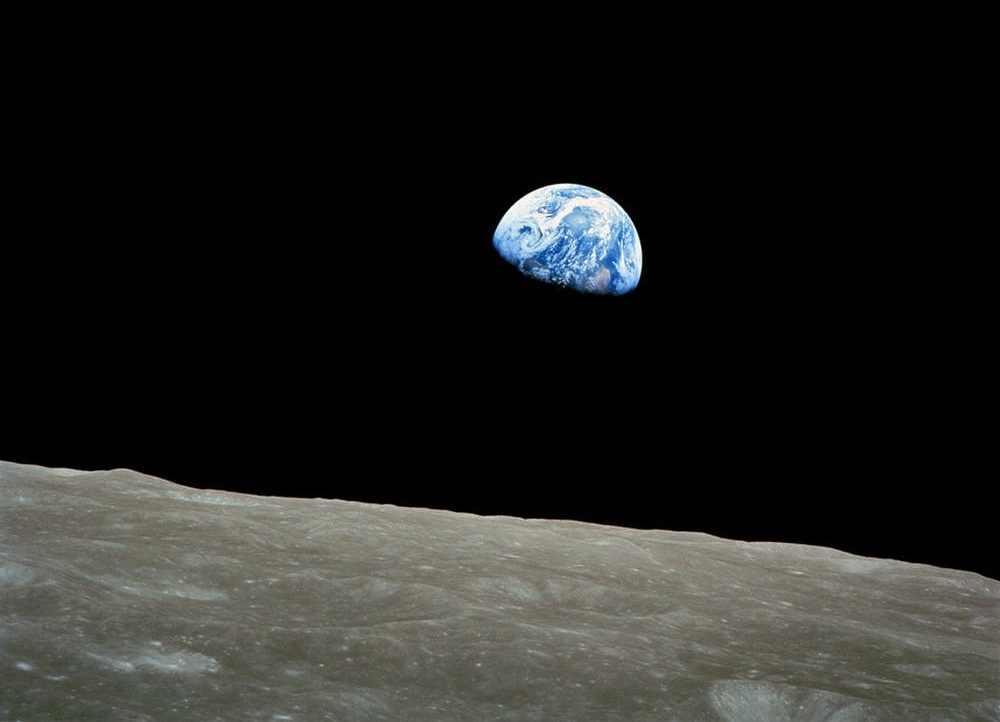$100 Billion per year. That’s the tab for preventing the sixth mass extinction
 A $300 billion Makeover? No way!
A $300 billion Makeover? No way!
The earth finally has a bill to prevent the next big catastrophic extinction of species, and considering what’s at stake, it doesn’t seem like a large amount. But with apathy and disinformation, even that amount may not be available to do the right thing, many fear. Saving, and preserving the diversity and abundance of life on Earth may cost $100 billion a year, say scientists who have proposed a policy to prevent another mass extinction event on the planet. For context, global GDP in 2018 is estimated at $80 trillion . Thus, $100 billion is close to 0.125% of global GDP
The Earth has witnessed five mass extinctions so far. There is a wide scientific consensus that a sixth mass extinction is now underway, and needs to be stopped before we permanently lose a huge number of the diverse flora and fauna on earth.
“The sixth extinction is on our society’s shoulders; it really is,” ecologist Greg Asner, of Arizona State University in the US, said in a statement on the occasion of Earth day.
Asner is among the 19 international authors who have made a proposal to reverse the tide, called A Global Deal for Nature (GDN). This is the proposal that has put a price of $100 billion on the task.
With corporate firms close to that amount or nudging it today, there is no doubt that the amount in itself is not the issue. It’s the willingness to act that is.
As a global problem, the GDN plan requires an unprecedented amount of cooperation between sceptics and believers on climate change. Surprisingly, this is still a debate that is not dead, despite the mounting evidence of climate change. In fact, total damages from climate change have been estimated at close to $85 billion dollars! A cost that is only set to mount sharply it seems, and one we are seemingly resigned to bear.
The 2015 Paris Climate Agreement was the first major accord to take global action toward climate change policies, something that the international team of GDN scientists believe needs to be replicated to set out a global conservation plan.
“The Paris agreement is only a half-deal; it will not alone save the diversity of life on Earth or conserve ecosystem services upon which humanity depends,” said Eric Dinerstein, of the US-based nongovernmental organisation Resolve.
“The Global Deal for Nature is a time-bound, science-based plan to save the diversity and abundance of life on Earth. Achieving the milestones and targets of the Global Deal for Nature is the best gift we can offer to future generations—an environmental reset, a pathway to an Eden 2.0,” Dinerstein said.
The study, published in Science Advances, outlines the guiding principles, milestones and targets needed to avoid the disastrous extinction threats of a two degrees Celsius global warming forecast.
The three overarching goals of the GDN are to protect biodiversity by conserving at least 30 per cent of the Earth’s surface by 2030; mitigate climate change by conserving the Earth’s natural carbon storehouses; and reduce major threats.
The essence of implementing the plan is to set up protected areas of land as natural ecosystems, researchers said.
Dinerstein said that reprioritising the woods is the key to saving biodiversity and some of the best natural carbon sinks on the planet.
Any place that can store carbon is important, from the land to the sea, including forests, peatlands, tundra, mangroves, grasslands, freshwater and marine realms, wetlands and coastal habitats, researchers said.
“We need wild nature in every one of the Earth’s 846 terrestrial ecoregions, conserved in protected areas representing the complex web of nature upon which we all depend,” Dinerstein said.
Dinerstein estimates that the international community currently spends $4 billion to $10 billion per year alone on conservation.
Extending the area-based targets in the post-2020 strategic plan for biodiversity to 30 per cent by 2030 will likely require direct involvement of the private sector, some of whom — including Google, Microsoft, the Leonardo DiCaprio Foundation and Environmental Foundation Ltd — are among the first to have made commitments to the GDN.




